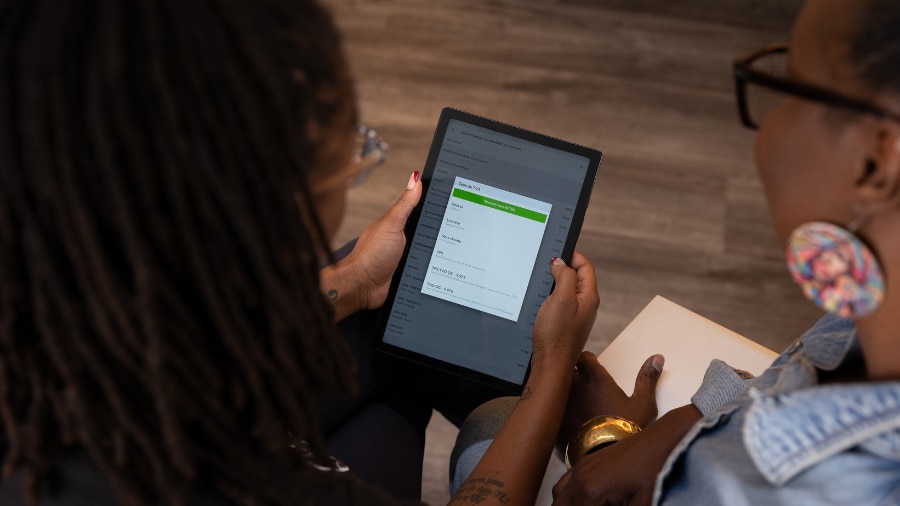Who has to register for GST/HST?
As a solopreneur or small business owner in Canada, you have to register for a GST/HST account, according to the Government of Canada, if:
- You have taxable supplies in Canada.
- Your revenue exceeds $30,000 within a calendar quarter or over the course of four calendar quarters.
If your revenue is less than $30,000 per year, you’re considered a small supplier and don’t have to register.
As soon as you pass the $30,000 threshold, you need to register for a GST/HST.
If you cross this threshold in one quarter, you need to start collecting GST/HST. Your registration day is the day you cross the threshold; however, you have 29 days to register.
You can also choose to voluntarily register for a GST/HST even if your gross revenue isn't $30,000. You might do this if you expect your revenue will soon exceed the $30,000 threshold or you could benefit from claiming GST input tax credits on GST paid to set up and run your business.
If you are in Québec, you must register for a GST and QST account if your business meets the same registration threshold as GST/HST—meaning you must register once your taxable revenues exceed $30,000 in a calendar quarter or over four consecutive quarters.
Unlike HST, which combines federal and provincial sales tax, the Québec Sales Tax (QST) is administered separately at a rate of 9.975% in addition to the 5% GST. Certain businesses, such as digital service providers with no physical presence in Québec, may have different registration requirements.

